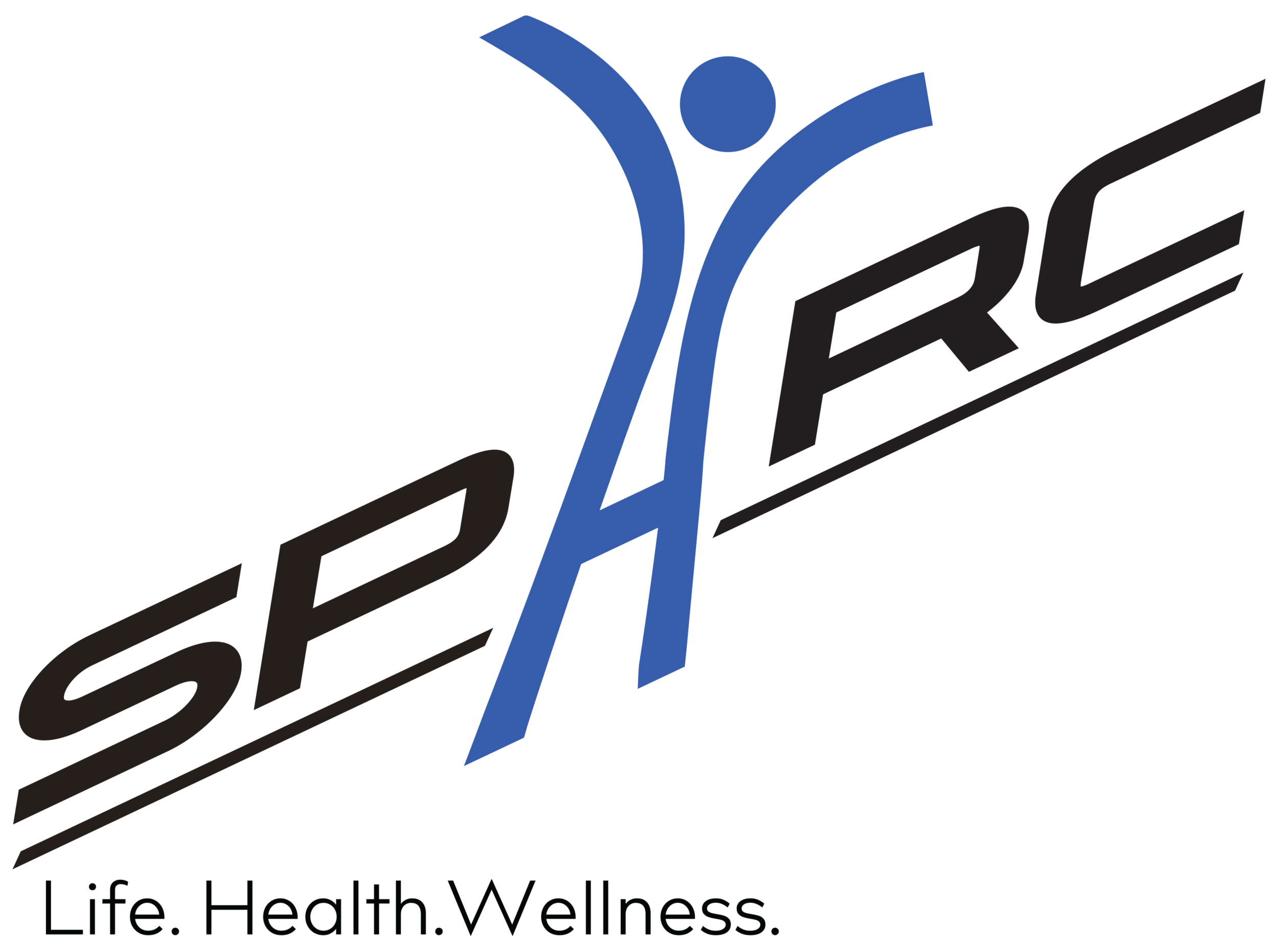Kinetic Chains and Their Impact on Pain
Muscles never work alone but always in tandem with other muscles and connective tissue (fascia) of the body. However, for many decades, physical therapy, sports training and medicine really only looked at the function of muscles individually. Professionals mainly examined how each muscle pulled on bones to create movement of the body. Unfortunately, this way of thinking is still prevalent today.
It doesn’t tell the whole story of the body, though. Pick up a cup of water and what happens? Your finger flexors and extensors, forearms, biceps and shoulder muscles are all working in harmony to perform even this simple task. It’s we humans who have decided to dissect the body and give each part a name. It doesn’t matter to your brain if you decide to call one muscle the gluteus maximus and the other the gluteus medius. The brain will use these muscles whenever and however it wants to get the job done. The muscle groups that work together to create movement and power can be referred to as kinetic chains.
How does this relate to pain and dysfunction?
Chronic pain doesn’t always tell you where the root of the problem is, it just tells you something needs changing. Oftentimes, faulty movement patterns the brain uses can cause inefficient use of kinetic chains. Dysfunction can be caused by a sedentary lifestyle, car accident, surgery, an injury, emotional stressor or repetitive movements. Some muscles may overwork because other muscles in the same chain are not working properly. Over time these overused tissues may talk back to you with pain. Although a certain joint or muscle may hurt, the root problem may actually be somewhere else in the chain! You can treat the site of pain for some temporary relief but the root issue must be addressed.
Don’t look at your body as a set of individual parts. The body works as a unit so view yourself that way. If you have chronic pain and just treating where it hurts hasn’t helped, look elsewhere.
Kinetic chains connect the neck to the low back. Dysfunction in the middle back is often responsible for stiffness at the top and bottom of the chain.
For example, people with chronic low back or neck pain will often experience dysfunction in their mid- back (thoracic spine). When the muscles of the mid-back are dysfunctional then the neck and low back muscles may compensate. People usually lose the flexibility and function of their thoracic spine from poor posture, shallow breathing and lack of exercise. You can treat the neck and low back, but the relief will only be temporary unless thoracic function is improved.
What can you do on your own?
Your body wants to generate power from the core and trunk muscles, not the extremities like the wrists and ankles. When your core becomes weak, you may overuse your limbs and less of your trunk. This can create pain and stiffness in other parts of your body. Gently strengthening the core can be very effective. When performing core exercises, stop and assess yourself. Are you tensing up your shoulders, neck, or legs? Are you holding your breath or clenching your jaw? Regress to a simpler exercise that doesn’t force you to compensate. You should be able to engage your core muscles without tensing up other areas. This can help you rebuild core strength and efficient movement patterns.
There are countless kinetic chains in the body. Exercising regularly, doing other forms of physical activity every day like walking, and performing a wide variety of movements can help preserve and improve kinetic chain function. If you’ve tried that and you still think there’s a problem then a well-trained movement specialist like a coach, personal trainer, physical therapist or massage therapist can help you identify and address the problem.

